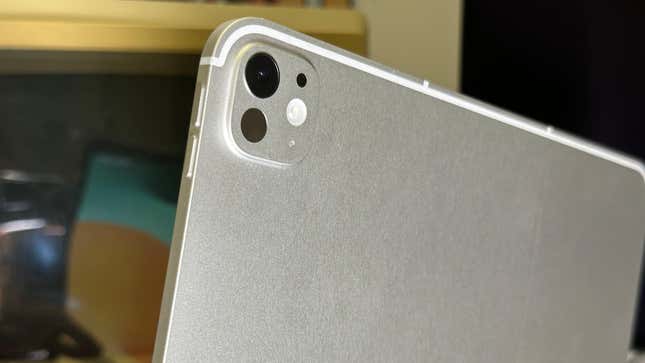Apple's latest iPad Pro featuring the new M4 chip and OLED display is a marvel of engineering, but it may not be the laptop replacement many are hoping for. While the hardware impresses, the device is constrained by iPadOS limitations.
Impressive Hardware Specs
The 2024 iPad Pro boasts several notable upgrades:
- M4 chip with 10-core GPU and enhanced neural engine
- Bright OLED display (up to 1,600 nits peak HDR brightness)
- Thinner and lighter design (1.7 lbs for 13-inch model)
- Improved Magic Keyboard with function row
- New Apple Pencil Pro with squeeze and barrel roll functions
In benchmarks, the M4 chip showed significant gains over the M2:
- ~1,000 point increase in Geekbench 6 single-core scores
- ~4,500 point increase in multi-core scores
- 23% better graphics performance in 3DMark tests
Software Limitations Persist
Despite the powerful hardware, iPadOS continues to hold back the iPad Pro's potential:
- Multitasking remains limited compared to desktop operating systems
- Stage Manager restricts users to 4 app windows at a time
- Many productivity apps lack full desktop functionality
- External display support is basic
Value Proposition
Starting at $999 for the 11-inch model and $1,299 for the 13-inch, the iPad Pro M4 is priced in laptop territory. When factoring in accessories like the $349 Magic Keyboard, the total cost can exceed $2,000.
For creative professionals who can leverage the M4's power in specialized apps, the new iPad Pro may be worthwhile. However, for general productivity use, traditional laptops or 2-in-1s may offer better value and fewer software restrictions.
The Bottom Line
The iPad Pro M4 showcases Apple's hardware prowess but highlights the need for more robust tablet software. Until iPadOS can fully utilize the M4's capabilities, the iPad Pro remains an impressive - but limited - device for most users.
